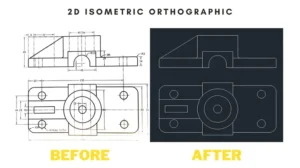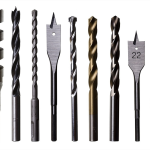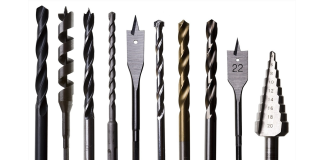An isometric drawing is a method of depicting an object in three dimensions, which gives the user a sense of depth and orientation. This technique is particularly useful for illustrating architectural or mechanical objects.
Unlike other types of drawings, with isometric drawings, all sides appear at the same size and show equal amounts of detail. This means that they can be easily rotated while still looking like they are standing upright, making them ideal for CAD (computer-aided design) applications. In addition to being convenient for architects and engineers, these images are also popular among graphic designers and other artists who want to create distinctive visual effects.
Isometric drawing vs one-point perspective:
While isometric drawings and one-point perspective are both methods of depicting three-dimensional objects, they differ in several key ways. One-point perspective typically uses vanishing points to create a sense of distance, whereas isometric drawings use parallel lines to give the viewer an accurate representation of the object’s shape and size. Additionally, while one-point perspective images often appear more realistic, isometric drawings are typically more stylized and artistic, making them more appealing for certain types of design work. Ultimately, whether you prefer one technique over another will depend on your individual needs and preferences.
How to read Isometric Drawing:
There are three main types of isometric drawings: dimetric, trimetric, and oblique. Each one uses a different system of axes to depict the object, so it’s important to know how to read all three before you begin working with them.
Dimetric projections use two sets of parallel axes that are offset from each other by 30 degrees. Trimetric projections use three sets of parallel axes that are each offset by 60 degrees. Oblique projections use only one set of parallel lines, but the angle degrees between them can vary depending on the artist’s preference.
Once you know which type of projection you’re working with, you can start reading the drawing itself. The first step is to identify the object’s front, back, left, and right sides. Next, you will need to identify the various planes that make up the object’s surface. Finally, you can start interpreting the lines and shading used in the drawing to gain a better understanding of its shape, texture, and orientation.
Whether you’re an architect, engineer, graphic designer, or artist, learning how to read isometric drawings is an important skill that can help you create more detailed and accurate 3D renderings. With practice and patience, you can master this technique and unlock new possibilities for your work.
How to draw Isometric Drawing:

Isometric drawings can be created by hand or with the help of software. If you’re doing it by hand, start by drawing a horizon line and a vanishing point on your paper. Next, use rulers and other straightedge tools to draw the three axes that will form the sides of your object. Once you have your axes in place, start adding details to your drawing, making sure to keep everything in proportion.
If you’re using software, there are many different programs that can be used to create isometric drawings. Some popular options include Autodesk’s AutoCAD, Rhinoceros 3D, and Blender. To get started, simply open up your chosen program and follow the instructions for creating three-dimensional objects.
No matter which method you choose, creating isometric drawings can be a fun and rewarding way to explore your creativity. So why not give it a try today?
Top 10 Isometric Drawing Software’s:
- AutoCAD
- Rhinoceros 3D
- Blender
- SketchUp
- ZBrush
- Maya
- Cinema 4D
- Modo
- Mudbox
- Carrara Studio
How I Can start learning Isometric Drawing:
To start learning isometric drawing, there are several things you can do. One approach is to explore the many online tutorials and resources available on sites like YouTube and Skillshare. These resources offer tips and techniques for drawing basic shapes as well as more advanced concepts like shading, texture, and perspective.
Another option is to sign up for an online course or in-person workshop focused on isometric drawing. These classes are often taught by experienced artists and designers who can provide guidance, feedback, and support as you work through exercises and projects.
A third approach is to practice regularly on your own using a sketchbook or other blank surface. This can involve experimenting with different tools such as rulers, straightedges, compasses, and software programs. As you explore different methods and styles, you’ll gradually develop your own unique approach to isometric drawing.
No matter which option you choose, remember that practice makes perfect. The more you draw, the better you’ll become at creating isometric drawings. So don’t be afraid to experiment, make mistakes, and keep learning.






